GOES-S reached geostationary orbit on March 12, 2018, and was renamed GOES-17. The satellite then underwent post-launch checkout and testing at 89.5 degrees west longitude. Post-launch testing includes instrument calibration and trending and image navigation and registration system testing and validation.
The GOES-R Program encountered a performance issue with the cooling system of the GOES-17 Advanced Baseline Imager (ABI) instrument. The loop heat pipe (LHP) subsystem, which transfers heat from the ABI electronics to the radiator, is not operating at its designed capacity. This is preventing adequate cooling for some of the infrared (IR) channels on the instrument. The effect is worse during warm portions of orbit, near midnight when sun enters the ABI aperture, and during warm seasons around vernal and autumnal equinoxes. Under worst case conditions, local emission and dark current noise cause the longer wavelength channels saturate and become unusable for some hours.
Optimization techniques have been successful in recovering more than 97% of planned ABI data. GOES-17 is currently observing with more channels, at a higher resolution, and with more rapid refresh than what is available from the current GOES West satellite. NOAA is confident the GOES constellation will continue to meet the operational needs of the National Weather Service and forecasters across the nation.
GOES-17 was handed over from the GOES-R Program to NOAA’s Office of Satellite and Product Operations on October 22, 2018. The satellite then drifted from its checkout location at 89.5 degrees west longitude to its operational location at 137.2 degrees west, arriving on November 13, 2018.
Following two days of calibration activity, all instruments resumed data distribution on November 15, 2018. After additional operational testing at the 137.2 degrees west position, GOES-17 began operations as NOAA’s GOES West satellite on February 12, 2019.
GOES-15 will continue to operate alongside GOES-17 until at least July 2019 allow for assessment of the performance of GOES-17 as the GOES West operational satellite. GOES-15 drifted from its operational location at 135 degrees west longitude to 128 west to eliminate radio frequency interference with GOES-17 at 137.2 west.
A summary of the cooling system issue, latest status, estimated channel availability, impact to data products, information on data flow to users, and frequently asked questions can be found on the GOES-17 ABI Performance webpage.
Product Validation
Each GOES-17 data product goes through three levels of validation: Beta, Provisional and Full.
Beta: The product is made available to users to gain familiarity with data formats and parameters. The product has been minimally validated and may still contain significant errors and is not optimized for operational use.
Provisional: Product is ready for operational use but has documented known issues. Product analyses are sufficient to communicate product performance to users relative to expectations (performance baseline).
Full: Product is operational. All known product anomalies are resolved and/or documented and shared with the user community.
A Peer Stakeholder – Product Validation Review (PS-PVR) happens for each product at each level of maturity. The PS-PVR appraises the the status of product quality with respect to program definitions.
A schedule of GOES-17 product validation is below. Click to enlarge.
The Environmental Satellite Processing Center (ESPC) is the source for GOES-17 notifications. To subscribe, email ESPCOperations@noaa.gov. Between launch and operations handover (launch + 6 months), notifications will only occur for distribution turn-on milestones. After operations handover, nominal notifications commence.
The first public visible imagery from the GOES-17 Advanced Baseline Imager were released on May 31, 2018. See the GOES-17 Data and Imagery gallery for additional GOES-17 imagery and data from all six instruments. Note: The GOES-17 data posted on this page are preliminary, non-operational data and are undergoing on-orbit testing.
See GOES-R Data Access Mechanisms for detailed information for GOES-R data distribution.


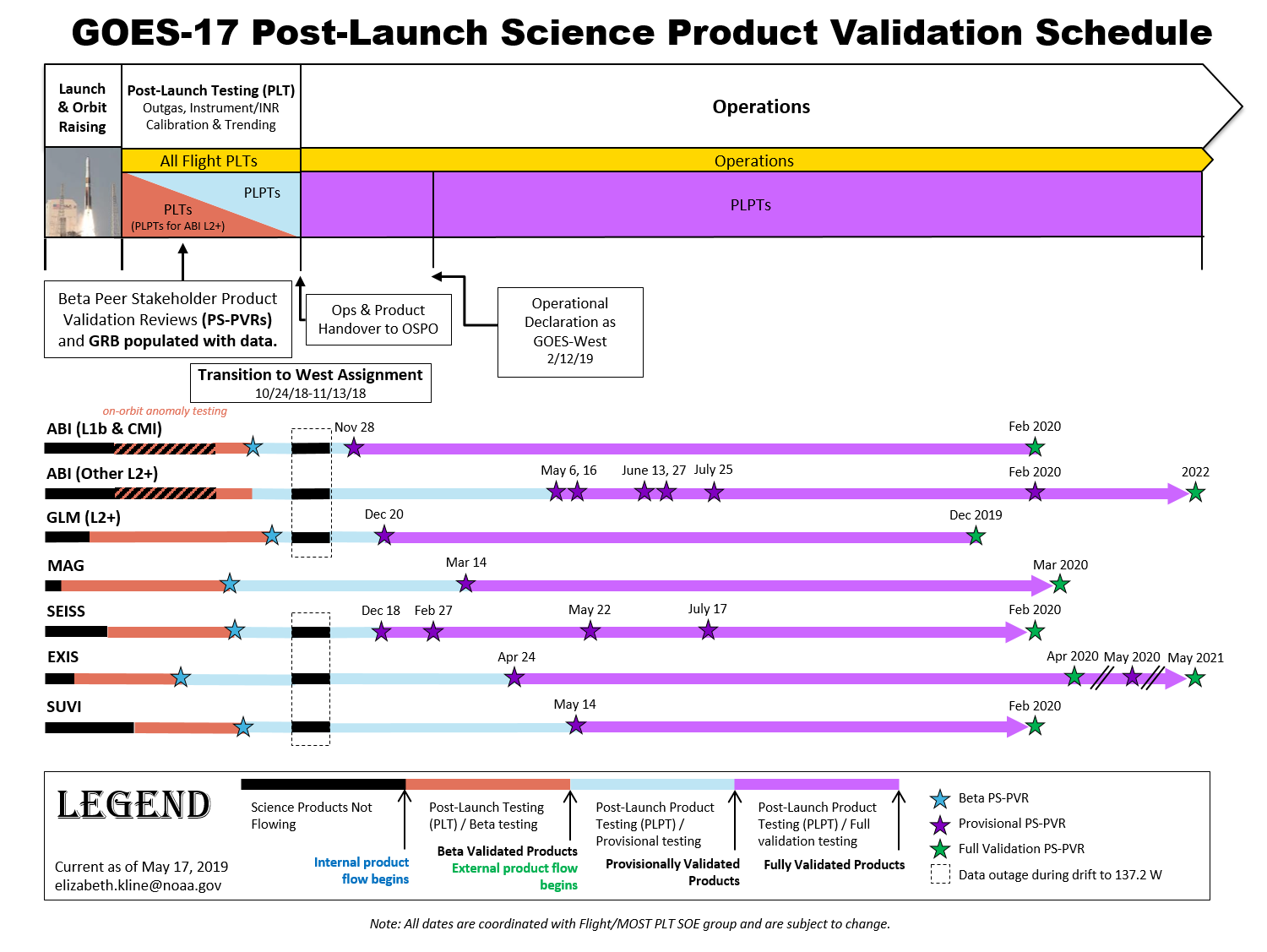
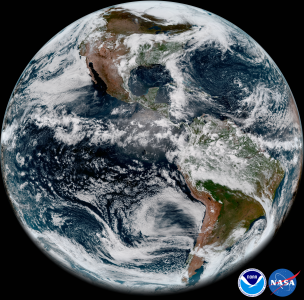




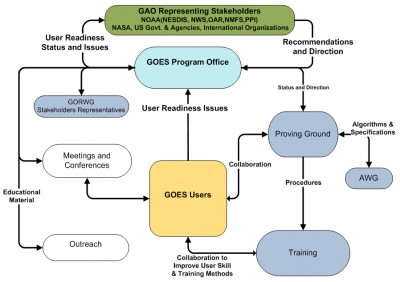
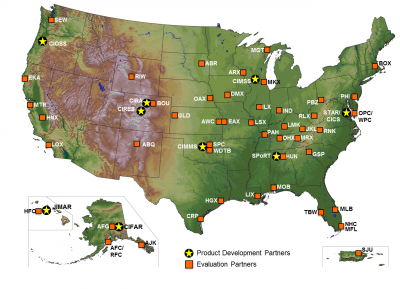






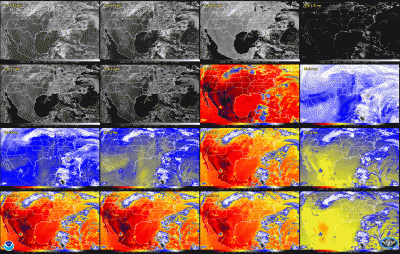
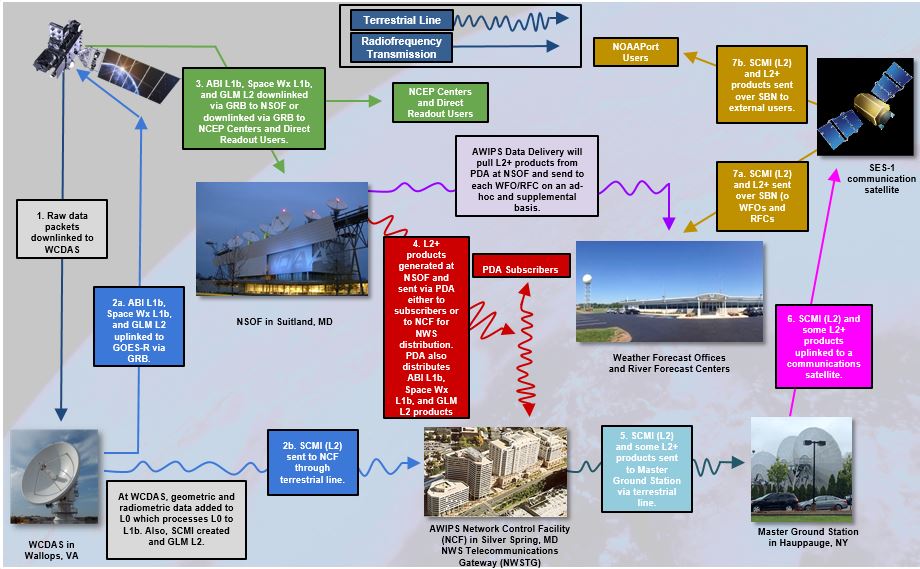
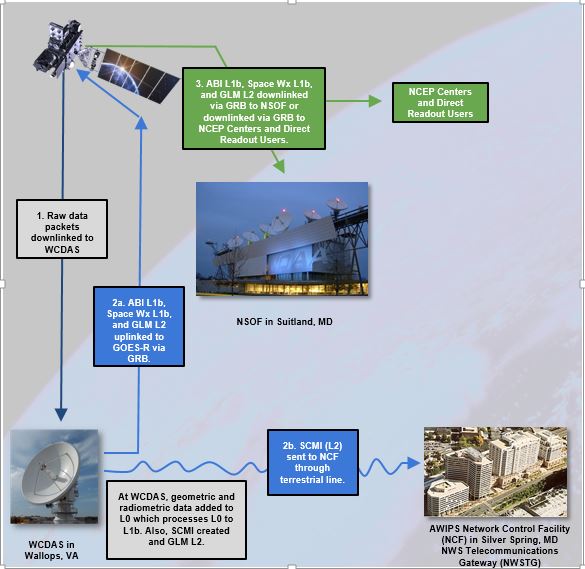
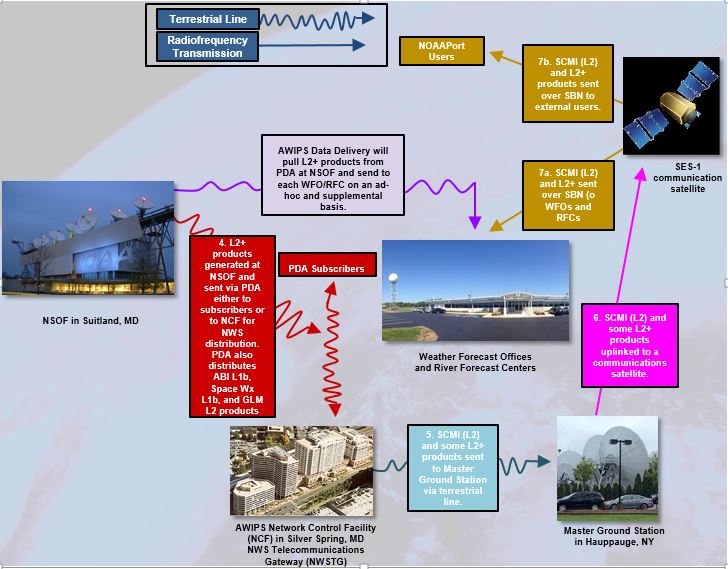
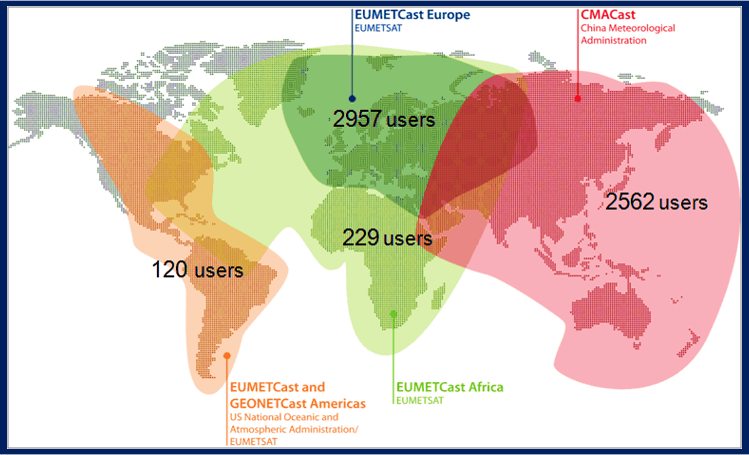

Many Thanks for posting this valuable information on GOES-16!
We look forward to release of first public images from GOES-16 on January 23!